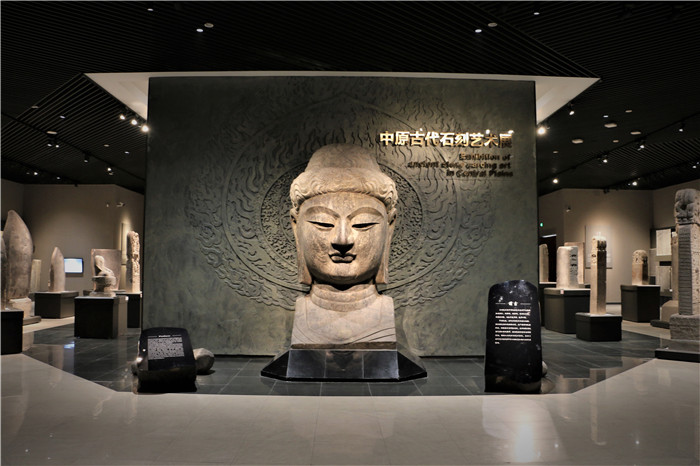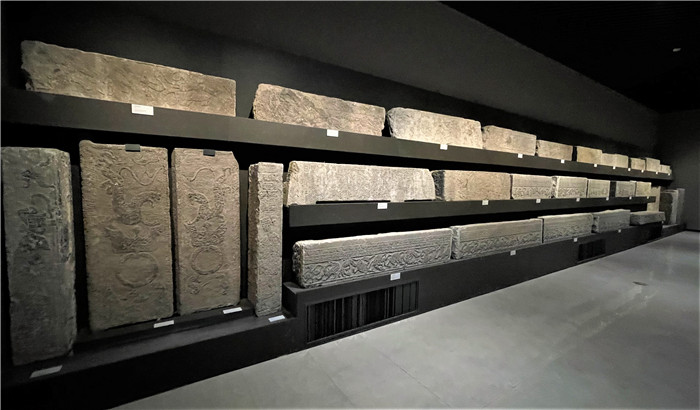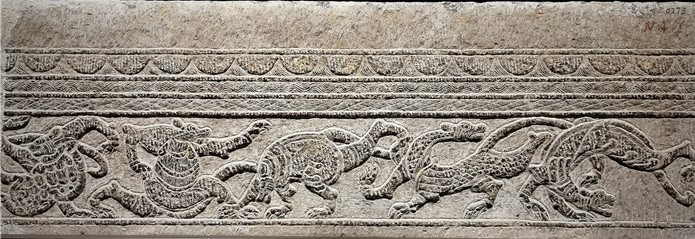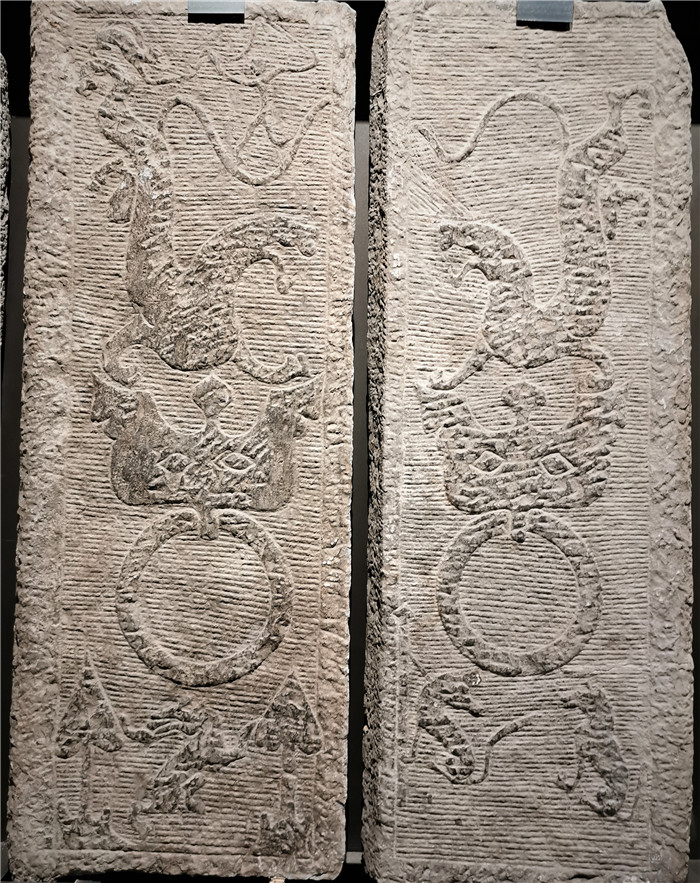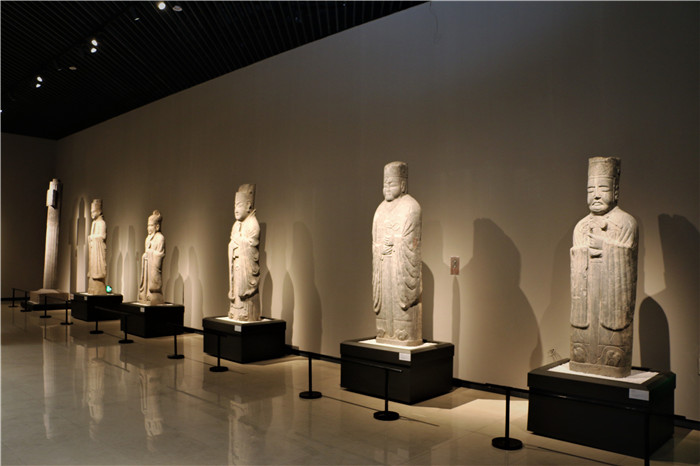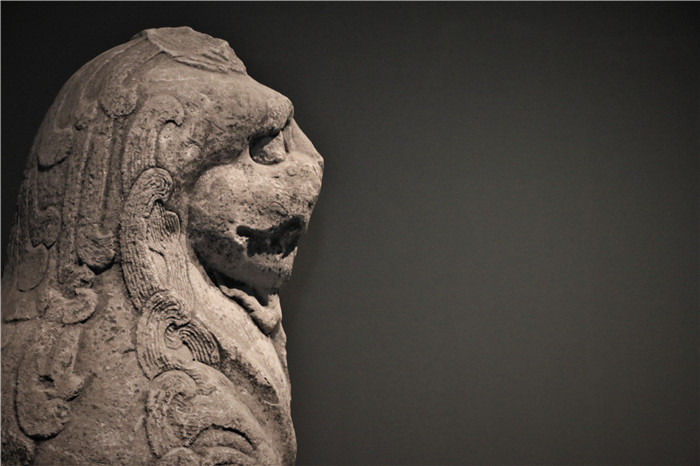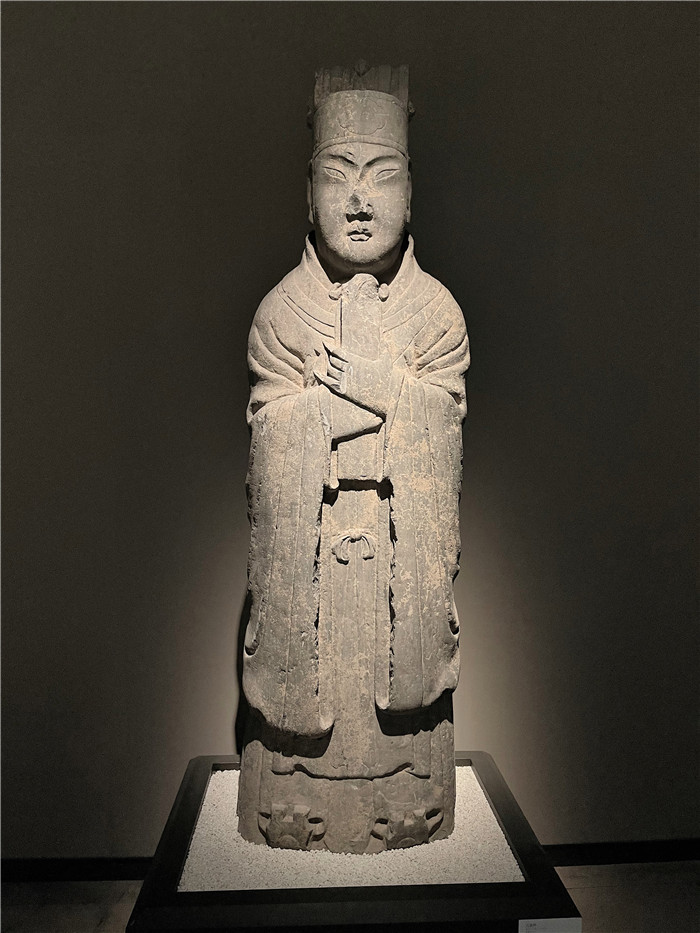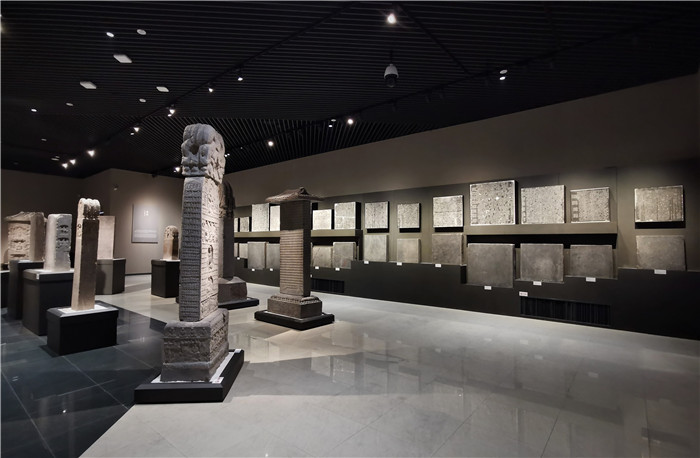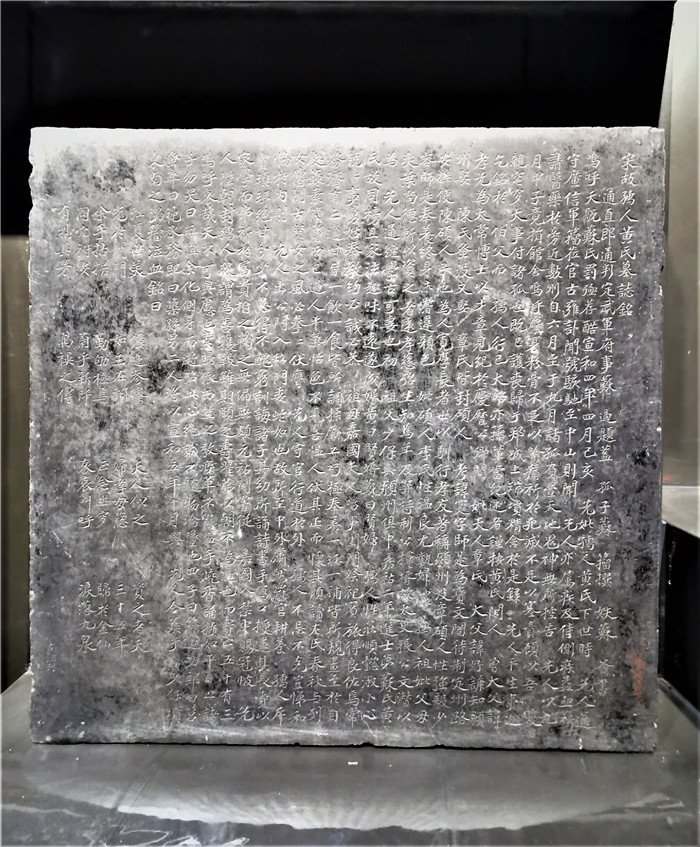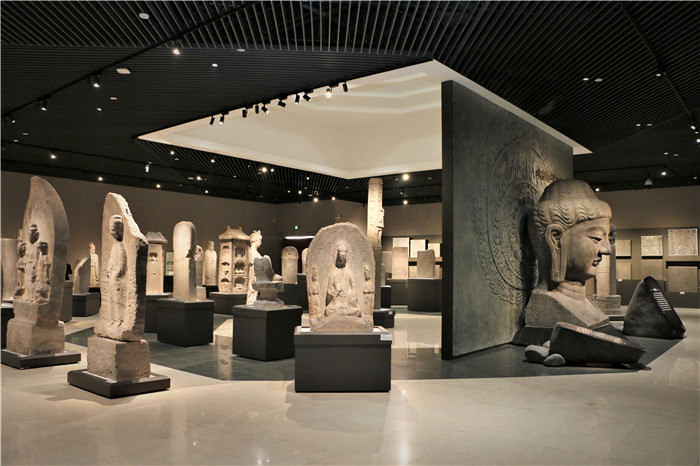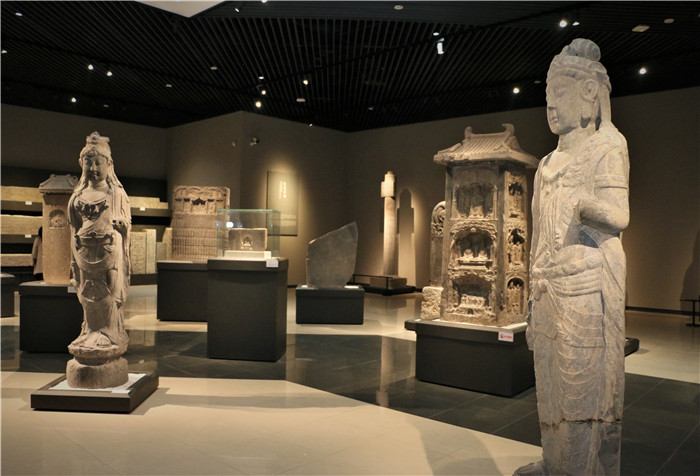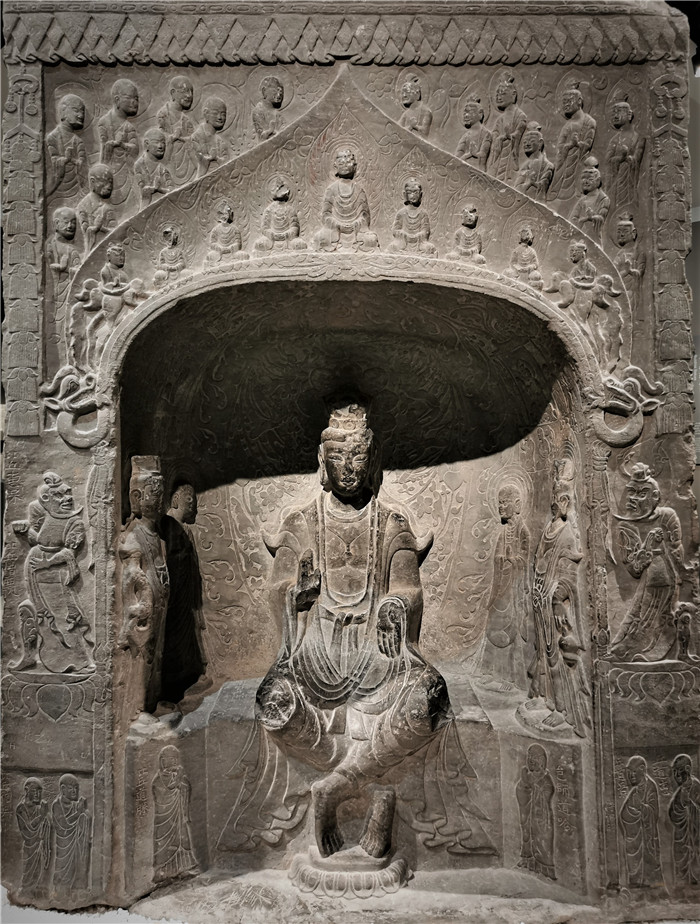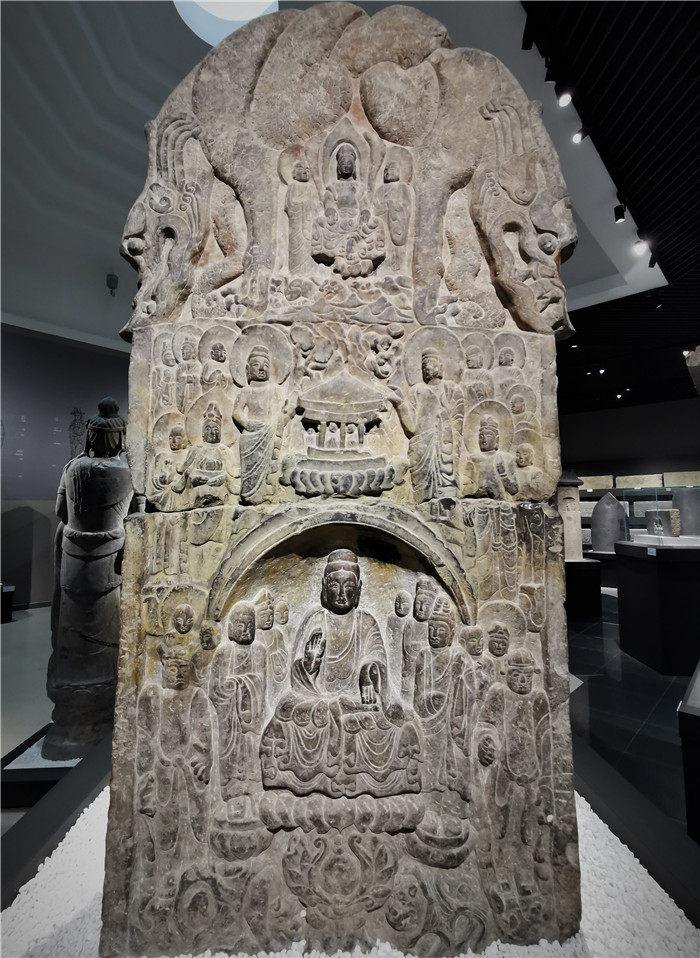Exhibition in Henan Museum -- "ancient stone carving art in Central Plains"
1/16
Exhibition in Henan Museum -- "ancient stone carving art in Central Plains"
Venue: Hall 15, west of the first floor of the main exhibition hall of Henan Museum
Exhibition time: permanent exhibition
Organizer: Henan Museum
preface
Venue: Hall 15, west of the first floor of the main exhibition hall of Henan Museum
Exhibition time: permanent exhibition
Organizer: Henan Museum
preface
The art of stone carving is an important part of the art treasure house of the Chinese nation.
In the Central Plains, there are a vast number of ancient stone carvings. The profound and majestic stone carvings of Han Dynasty, the solemn and solemn tomb guard of honor, and the dazzling stele inscriptions all embody the national temperament and the spirit of the times. In particular, the vivid Buddhist images leave people endless artistic enjoyment, which shows the uncanny skill and extraordinary aesthetic interest of ancient artists.
The first part is the stone carvings of Han Dynasty
The stone carvings of Han Dynasty are mostly decorative architectural components on stone que, stone chamber and mausoleum. In Han Dynasty, stone was used as paper and knife as brush. Various carving techniques were used to carve a profound and comprehensive historical picture. The stone reliefs of Han Dynasty in Henan Province are mainly distributed in Nanyang, Shangqiu, Zhengzhou, Xuchang and xunxian, with different contents and artistic styles. Its vivid modeling, simple and vigorous lines and simple and naive interest show the beauty of strength, movement and momentum, and reflect the vigorous style of the times in the rising period of feudal society.
The first part of the exhibition hall
Bear dance stone
Stone relief of four head god beast
Portrait stone of Hebo travel
Stone door with ring in the head of baihupu (left), stone gate with ring in the head of baihupu (right)
The second part is tomb stone carving
The stone carvings of ancient tombs in Henan Province are mostly the ceremonial guards in front of the tombs of ancient emperors and nobles. They are mainly composed of Shi PI Xie, Shi Yang, Shi Ma, Shi Shi Tian Lu, Shi wengzhong, and Shendao pillars. They are solemn, solemn, and majestic. They are available from the Eastern Han Dynasty to the Ming and Qing Dynasties. In terms of artistic style, before the Tang Dynasty, the lines were bold and powerful, the momentum was rough and romantic; after the Song Dynasty, the works were delicate and elegant, focusing on realism and introverted.
The second part of the exhibition hall
Stone lion
Shi wengzhong
The third part is epitaph
The ancients engraved steles and inscriptions began in the Han Dynasty and spread to the Ming and Qing Dynasties. There are tens of thousands of epitaphs unearthed in Henan Province, of which the most are from the Northern Wei Dynasty to the Tang Dynasty in Luoyang. These epitaphs either sing praises or write records, which provide materials for academic research of various categories. Ancient epitaphs are mostly written by celebrities and calligraphers with various styles and colorful styles, which annotate the broad and profound Chinese traditional calligraphy art.
The third part of the exhibition hall
Epitaph of Sima Yue
Epitaph of Su Shi's wife
The fourth part is Buddhist statues
After the Northern Wei Dynasty moved its capital to Luoyang, the custom of opening grottoes and making statues was popular. On the basis of absorbing foreign art and combining with Chinese traditional carving techniques and aesthetic viewpoints, the statues in the late Northern Wei Dynasty presented the "Central Plains Style" of "showing bone and clear image". From the Eastern Wei Dynasty to the Northern Qi Dynasty, the statue techniques were more mature, the proportion of the characters' modeling was appropriate, and the modality began to tend to be secular. The statues of the Tang Dynasty are more graceful, magnificent and solemn. The statues after the Song Dynasty pay attention to the delicate depiction of the emotions and expressions of the characters, showing a completely secular style.
The fourth part of the exhibition hall
Statues of Tianwang bodhisattva (left) and Guanyin Bodhisattva (right)
Maitreya statue stele
Statue of Ding Lang's family

